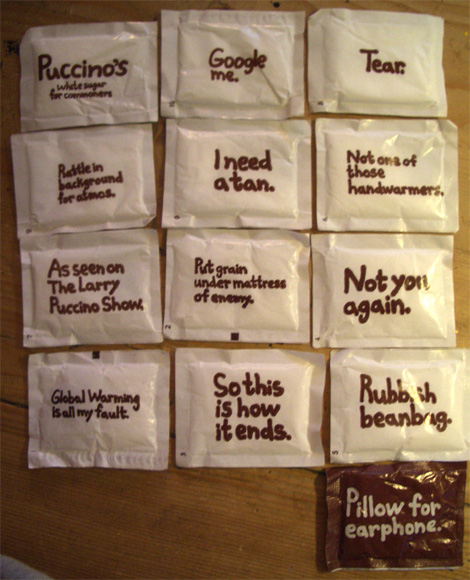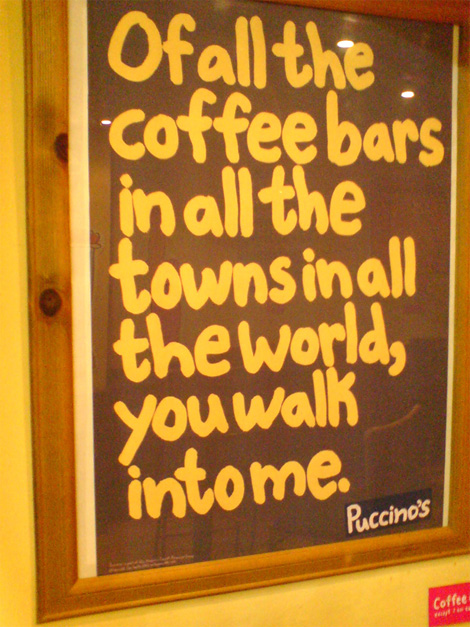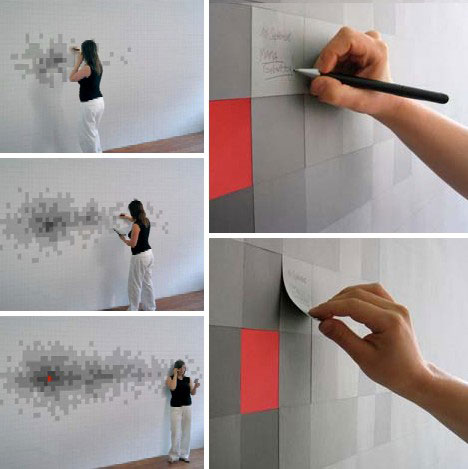
Stanley Kubrick is quite a character. He’s an avid chess player with an affinity to the visual arts produced by a camera. His interest in film came about after getting a hobby in photography at age 13. Stanley Kubrick is one of the many native New Yorkers with distinct characteristics and styles.
Kubrick was born in New York in the summer of 1928. On his 13th birthday his father, Jack, gave him a camera which then transformed his boy into a photographing addict. He immersed himself with other photographers and got a job for “Look”. Around that time, he started to go to the movies a lot. He saw films of all genres.
Just like he did with photography, he immersed himself in this art form. His first production was a documentary in 1951. He was 22 at the time and he spent all his savings in making this film. Day of the Fight was the first of many documentaries in Kubrick’s blooming career.
In 1953, Kubrick used his early-adopted chess skills and interested investors from his previous projects to fund Fear and Desire. Although it must have been exciting for Kubrick to make his first fictional motion picture, he probably wasn’t excited by his first marriage to Toba Metz ending during production. Fear and Desire brought attention to Kubrick as a director with vision even though the reviews were not overly positive.

He then created two more movies in 1955 and 1956 that gained him enough attention to be able to cast larger Hollywood stars. He was invited by Kirk Douglas to direct Spartacus, one of the many classics that Kubrick created. Kubrick took over Spartacus and added his own style to it to the dismay of some of the cast and crew. The main complaint was he was too controlling, especially to the cinematographer. Spartacus won Academy Awards that year.
Just ten years after his first failed marriage, Kubrick had another one. This heartache and his frustration with Hollywood’s use of negotiations lead Kubrick to move to England. In 1962, Kubrick entered himself into the movie making business again with Lolita. Lolita was a success. It was original intended as a drama, but Kubrick made it a comedy. From that success, Kubrick could now perfect his style with more creative freedom than previously had. He played around with pornographic subjects, biographical features and then ultimately made (arguable) one of his best films. 2001: A Space
 Odyssey became a cult classic.
Odyssey became a cult classic.Riding on the coat tails of the widely popular 2001: A Space Odyssey, Kubrick made Clockwork Orange, which was extremely controversial because it questioned both sexuality and violence.
Kubrick’s style in both production and on film became renown. 2001: A Space Odyssey became a template for other sci-fi pictures. Also, any actors, cast or crew that wanted to work with Kubrick were aware of his need and demand for perfection which sometimes required scenes to be shot and re-shot over and over again.
The next group of projects was all famous films. He made the Shining in 1980 and Full Metal Jacket in 1987. After those masterpieces, Kubrick then continued on with his smaller projects that he worked on in the mid-1960s. Sadly, many of the topics covered in those projects were covered in other films of the time or the projects just faded. While working on Artificial Intelligence: AI, Kubrick suffered a major heart attack and died in his sleep.
 When it comes to Kubrick’s style, he focuses perfection. With his background in photography, all his films could be split into still frames and those frames would be brilliant photography. He uses color and balance in his shots.
When it comes to Kubrick’s style, he focuses perfection. With his background in photography, all his films could be split into still frames and those frames would be brilliant photography. He uses color and balance in his shots.In The Killing and a few other films, the stories are given subtle dark sides of characters even with brighter color palette. His style can alternate between first person and third person perspective without losing the audience. His scenes in both dialogue also vary between attitude. Some go through humor to murderous derangement.
 He also frames his shots from interesting points of view. He follows characters. He also breaks the rules. In The Shining, he played with time. He purposely left inconsistent shots and errors to express that time did not matter in the hotel. In a famous shot, when Jack Nicholson’s character, Johnny, axes through the doorway, he only axes through one of the two panels. Kubrick then switches to a scene with other characters. When he switches back, both panels are axed in. In other films by other directors, that would be considered a continuity mistake. Also in The Shining, Kubrick breaks the number one roll in directing. He broke the 360-degree line. He did it to show that two characters were the same. The reason why it’s a rule is because it can confuse an audience’s perspective.
He also frames his shots from interesting points of view. He follows characters. He also breaks the rules. In The Shining, he played with time. He purposely left inconsistent shots and errors to express that time did not matter in the hotel. In a famous shot, when Jack Nicholson’s character, Johnny, axes through the doorway, he only axes through one of the two panels. Kubrick then switches to a scene with other characters. When he switches back, both panels are axed in. In other films by other directors, that would be considered a continuity mistake. Also in The Shining, Kubrick breaks the number one roll in directing. He broke the 360-degree line. He did it to show that two characters were the same. The reason why it’s a rule is because it can confuse an audience’s perspective.The character and character development match the look and feel, which Kubrick created. Long straight hallways, fast shots all reflect what the characters are going through. His distinct photographic-esque style has been copied and complimented ever since.
His signature style adds suspense, character and mood in every shot and frame. There is no wonder why his cast and crews were worked to the bone doing scenes over and over again until they were perfect. The hard work and vision of such a master as Kubrick carried over into the theaters.
In the words of Kubrick “I would not think of quarreling with your interpretation nor offering any other, as I have found it always the best policy to allow the film to speak for itself.” He never let the critics, or dismayed crew get in the way of his vision. And when he did let the film speak it spoke volumes. His films, because of his signature style, are timeless masterpieces.
Sources:
http://www.imdb.com/name/nm0000040/
http://www.tribecafilminstitute.org/sloan/2001/
manolomen.com/2008/05/29/slip-sliding-away/
http://www.joenolan.com/2008/11/all-work-and-no-play-makes-jack-dull.html








